The Met’s ‘Manet/Degas’ exhibit includes U.S. debut of ‘Olympia’
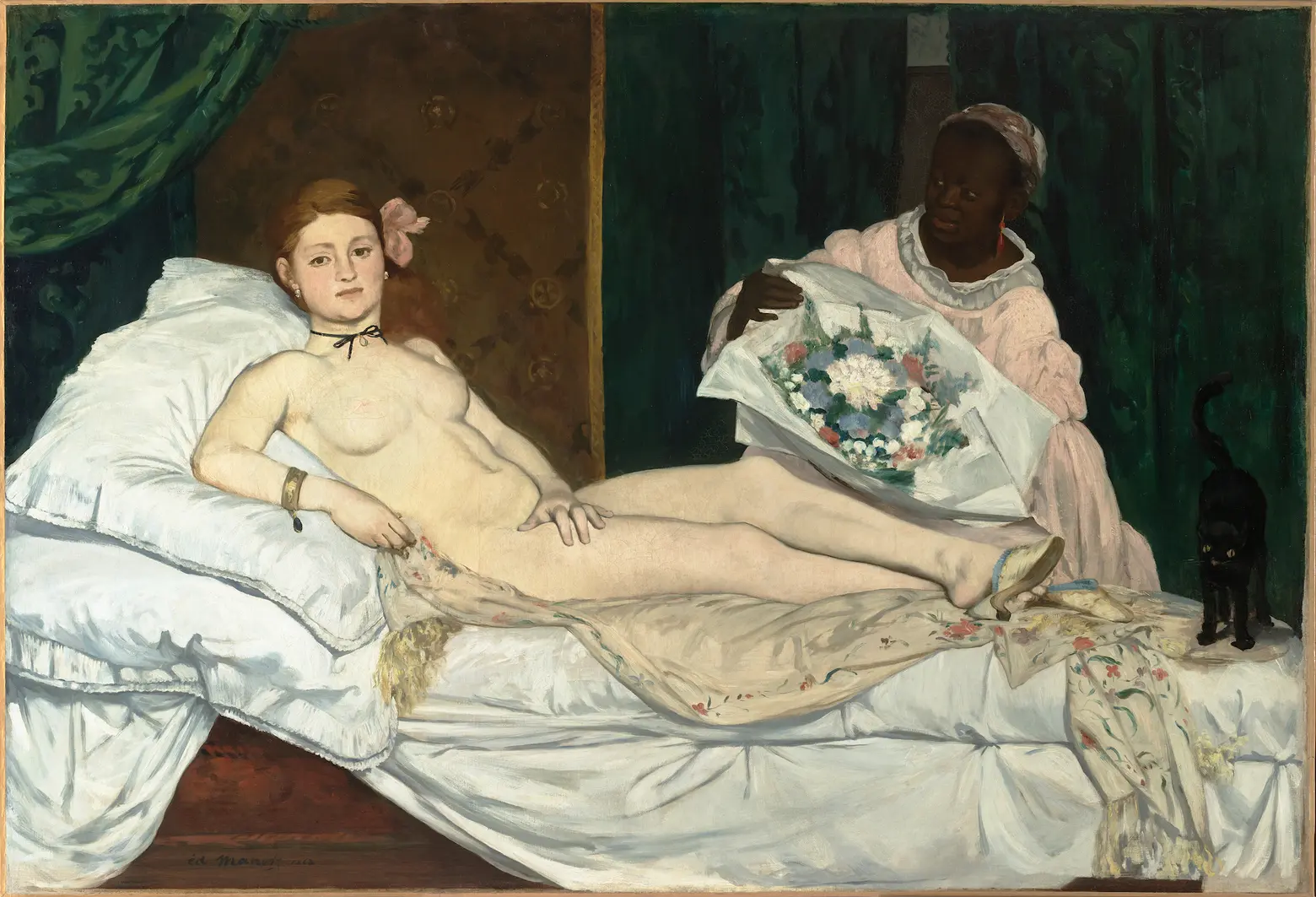
Édouard Manet (French, 1832–1883), Olympia, 1863–65, Oil on canvas, 51 3/8 x 75 3/16 in. (130.5 x 191 cm), Musée d’Orsay, Paris (RF 644). Photo © RMN-Grand Palais / Patrice Schmidt / Art Resource, NY
The Metropolitan Museum of Art will host a major exhibition analyzing the friendship and rivalry of two revolutionary French artists. Debuting on September 24, “Manet/Degas” examines the artistic dialogue between renowned painters Édouard Manet and Edgar Degas, pioneers of modernist painting in France. Through a collection of 160 artworks, the exhibition sheds light on the friendships, family relationships, social circles, and historical circumstances that influenced the creative and professional journeys of the two artists. Manet’s famous “Olympia” painting, considered one of the most controversial artworks of the 19th century, will travel from Paris to the United States for the first time for the exhibition.
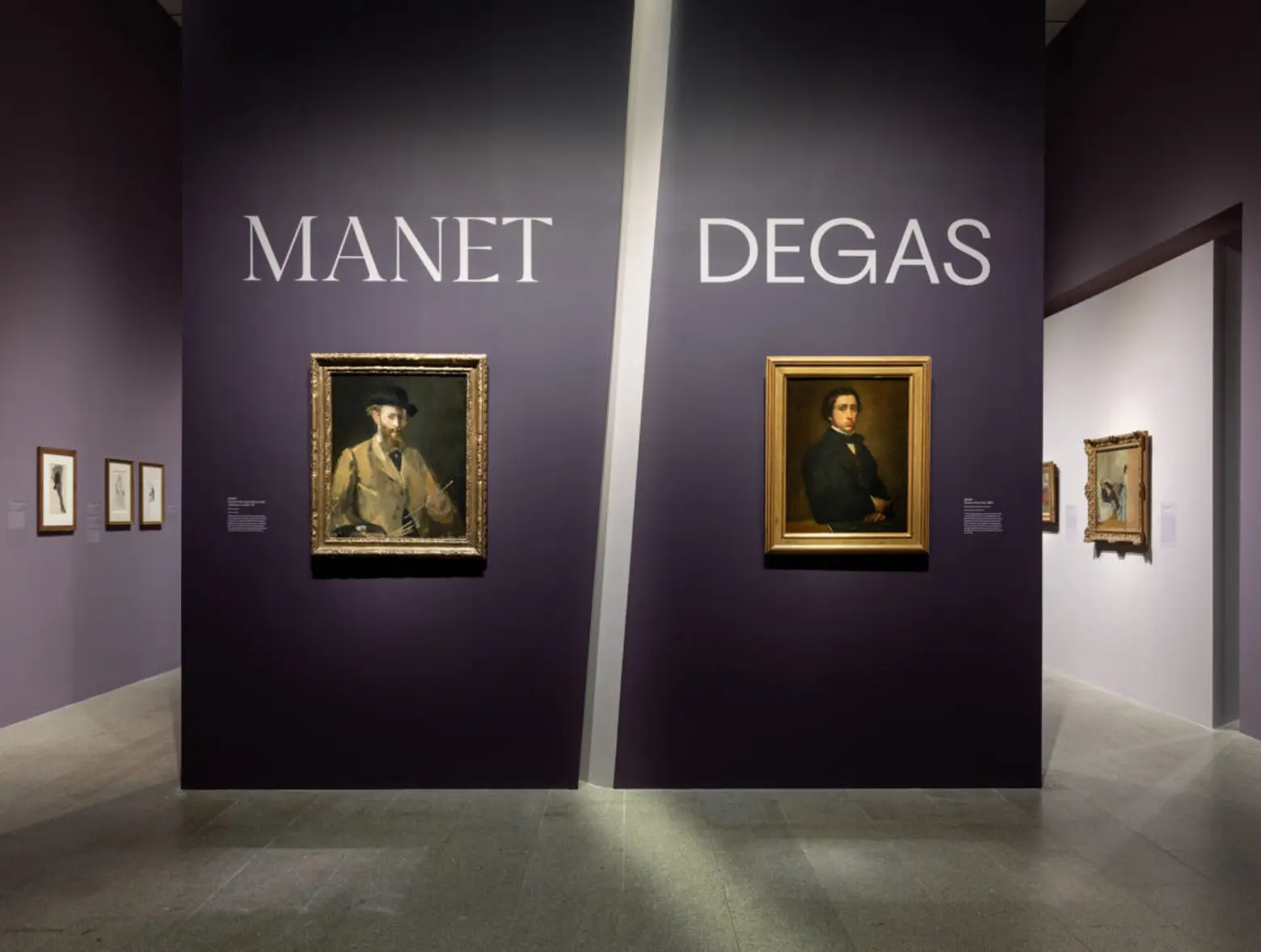
“Manet/Degas” is organized by date and theme into 13 sections, beginning with a look at both artists’ formative years. The two artists are said to have met at the Louvre in Paris, where Degas was etching in front of a portrait credited to Diego Velázquez, an artwork that Manet also copied, according to the Met.
Highlights of the exhibition include Manet’s “Olympia,” making its first appearance in the United States, Degas’s “Family Portrait (The Bellelli Family),” four drawings of Manet by Degas, and Degas’s “Monsieur and Madame Édouard Manet,” a gift that Manet later destroyed, marking a moment of tension in their relationship.
The Musée d’Orsay in Paris presented the exhibit this past spring and drew roughly 670,000 visitors, making it the museum’s third most popular show ever, according to the New York Times.
“Manet and Degas produced some of the most provocative and admired images in Western art,” Max Hollein, the Met’s Marina Kellen French Director and CEO, said. “Anchored by the unparalleled holdings of their work in the collections of The Met and the Musée d’Orsay, in addition to incredible loans from more than 50 other institutions and individual collectors, this exhibition offers a riveting new perspective on the storied pair of artists.”
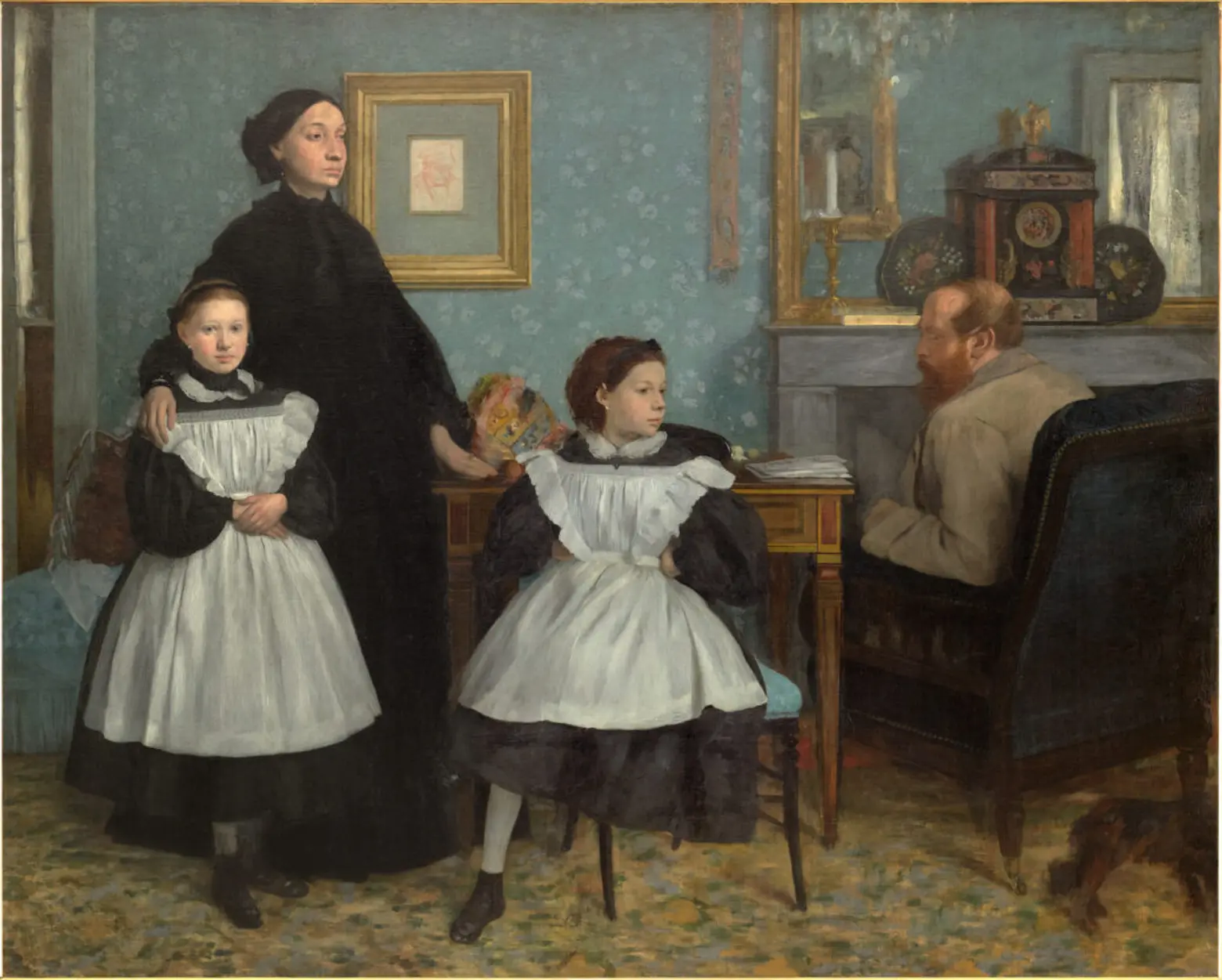
79 1/8 x 98 1/4 in. (201 x 249.5 cm), Musée d’Orsay, Paris (RF 2210), Photo: © RMN-Grand Palais / Patrice Schmidt / Art Resource, NY
The exhibition dives into the importance of the Salon, an annual art show hosted in Paris that during a period from 1748 to 1890 was considered the premier art event in the Western world. It was at the Salon of 1865 that Manet presented “Olympia,” a painting of a female prostitute that defied the traditional depictions of nudity and is credited with the start of the Modernist art movement.
Upon seeing the artwork for the first time, crowds of spectators reacted harshly to the image, with some even attempting to destroy it with the tips of their umbrellas, according to the New York Times. Viewers were reportedly getting into fights, crying, and yelling, so much so that the Salon had to hire armed guards to keep the peace.
Since then, “Olympia” has only left Paris three times. The first was in 2013 for her 150th birthday when she was hung up in Venice next to Titian’s “Venus of Urbino,” one of Manet’s main inspirations for the painting. The second time was in 2016 when the painting was sent to Moscow and St. Petersburg as part of an unsuccessful diplomatic campaign to improve relations between France and Russia.
Now in its third-ever trip outside France, New Yorkers have the rare opportunity to see the famous painting “in the flesh.”
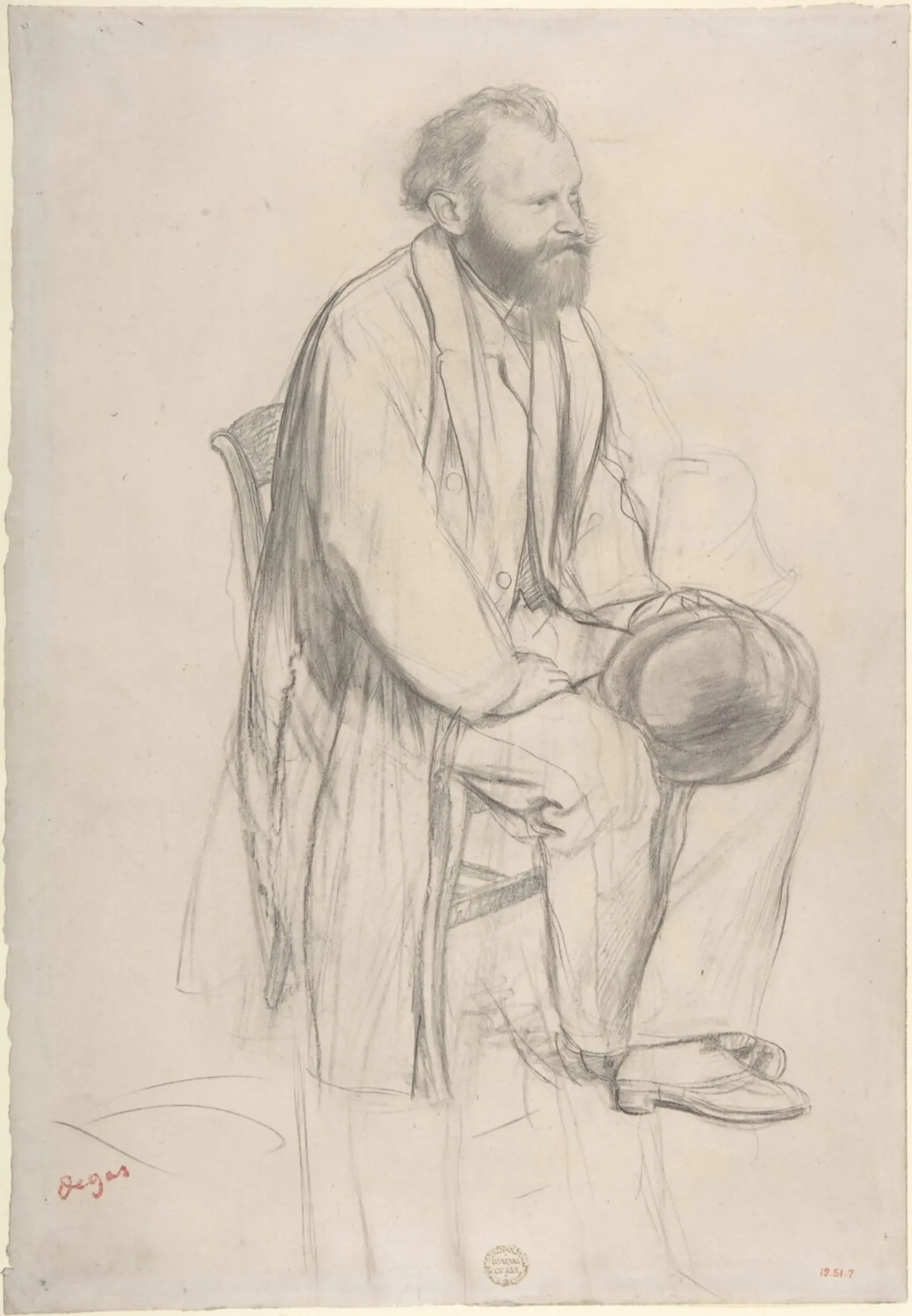
The exhibition also presents many portrait works, a genre of major importance to both artists. Several sections are dedicated to portraiture, which helps shed light on their relationships with prominent figures at the time, including novelist and art critic Edmond Duranty, journalist Émile Zola, and painter Berthe Morisot.
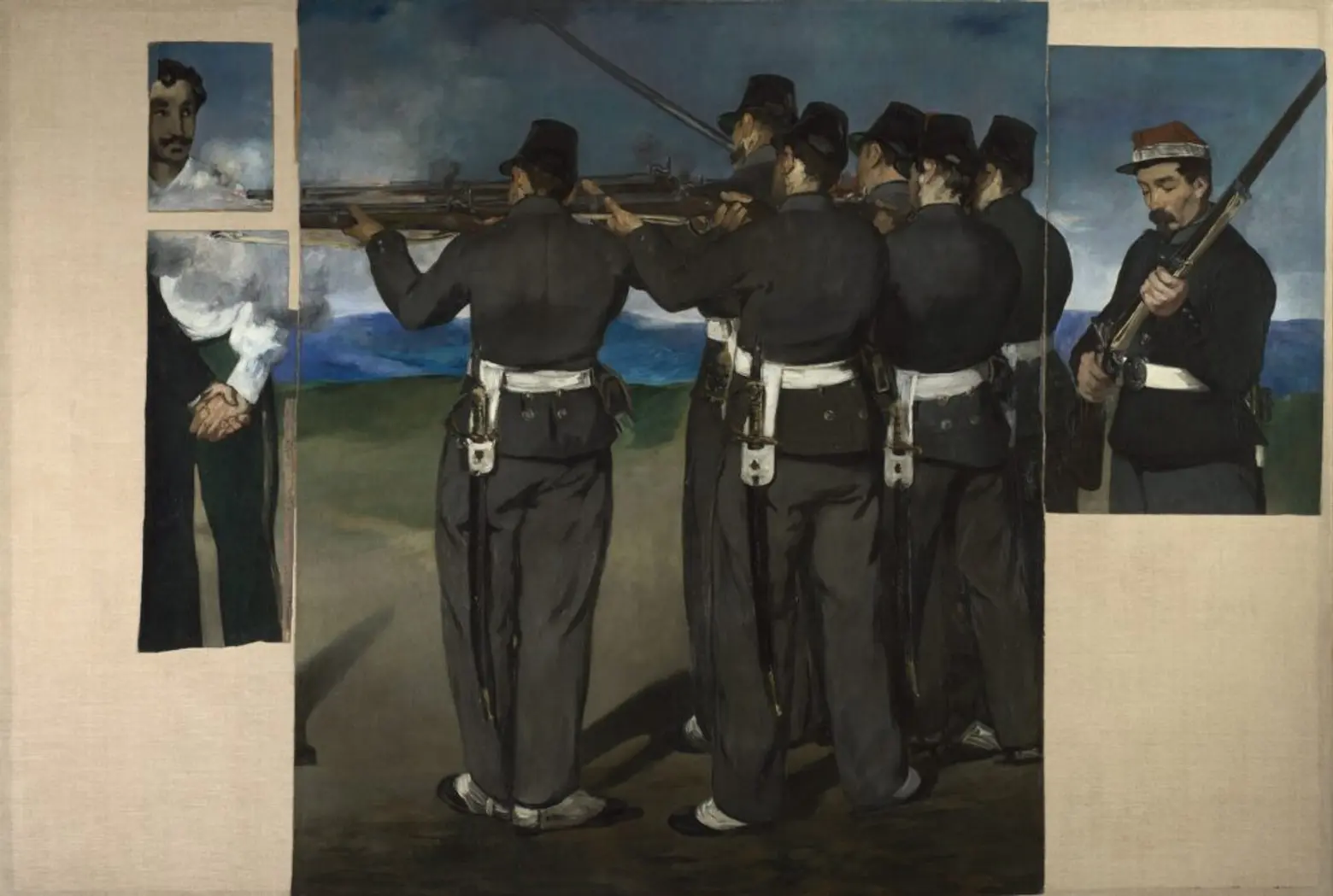
76 in. x 9 ft. 3 13/16 in. (193 x 284 cm), The National Gallery, London. Bought, 1918 (NG3294)
Another section shows how the two artists reacted to the American Civil War and its aftermath as well as the Franco-Prussian War, during which Manet and Degas fought in Paris as members of the National Guard.
A different section analyzes their relationship with Impressionism. Degas is known to have played a major role in putting together shows that later became known as Impressionist exhibitions, while Manet refused to take part in them. However, Manet went further in his exploration of techniques and aesthetics that are synonymous with the art movement.
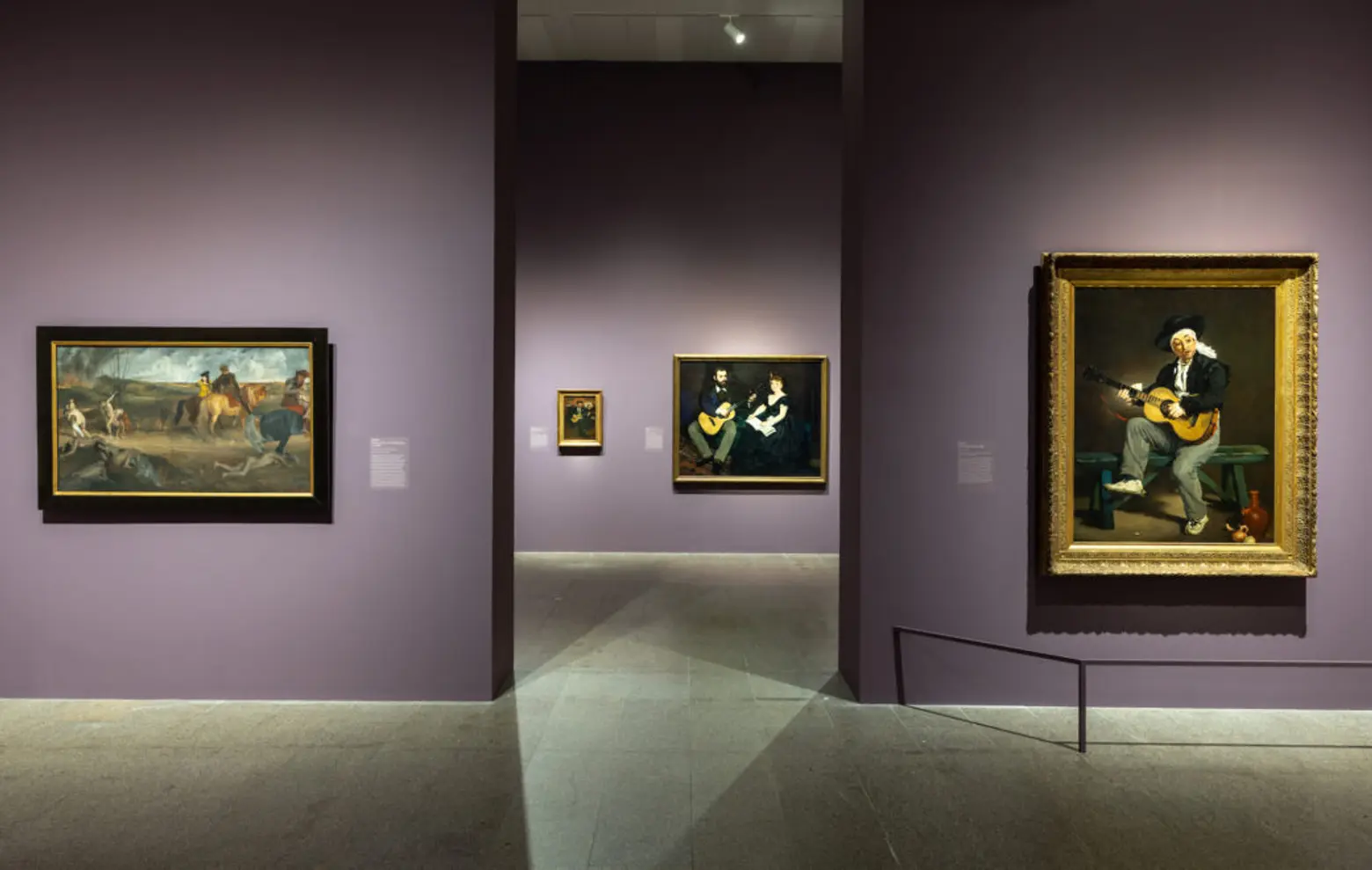
Also featured is a section that depicts both artists’ depictions of modern Paris. Throughout a series of works, scenes of activity at the ballet, theater, and horse races, as well as “labor and the alienation of urban life,” are eloquently captured. Both artists pushed past the creative norms of the day, using scenes of the toilette, brothels, and bathers as artistic inspiration.
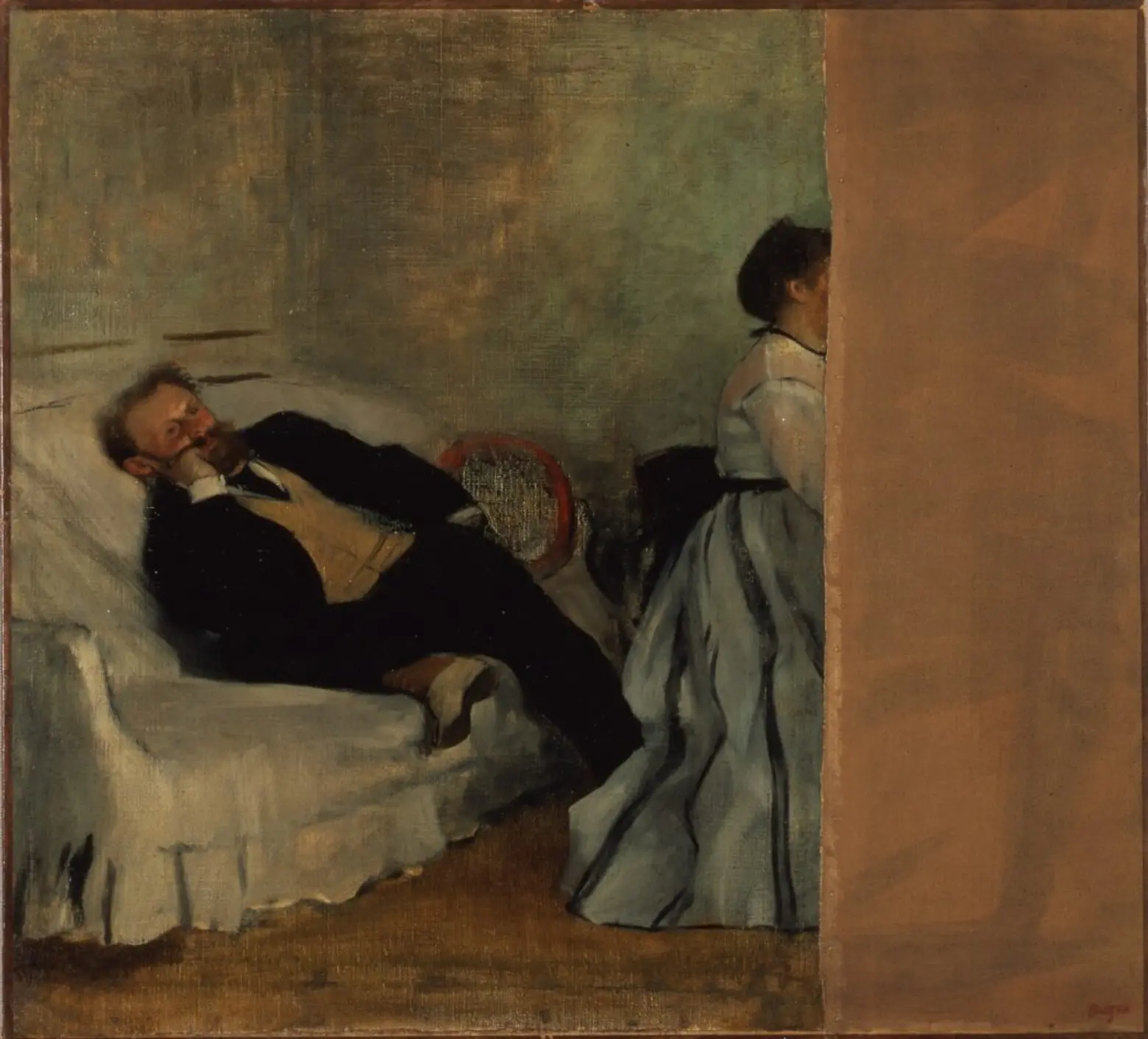
“Manet/Degas” concludes by depicting how their relationship continued despite Manet’s early death in 1883, with works by Manet that Degas obtained for his own collection.
“While little written correspondence between Manet and Degas survives, their artistic output speaks volumes about how these major artists defined themselves with and against each other,” Stephan Wolohojian, exhibition co-curator and the John Pope-Hennessy Curator in Charge of the Department of European Paintings, said.
“This expansive dossier exhibition is a unique chance to assess their fascinating relationship through a dialogue between their work.”
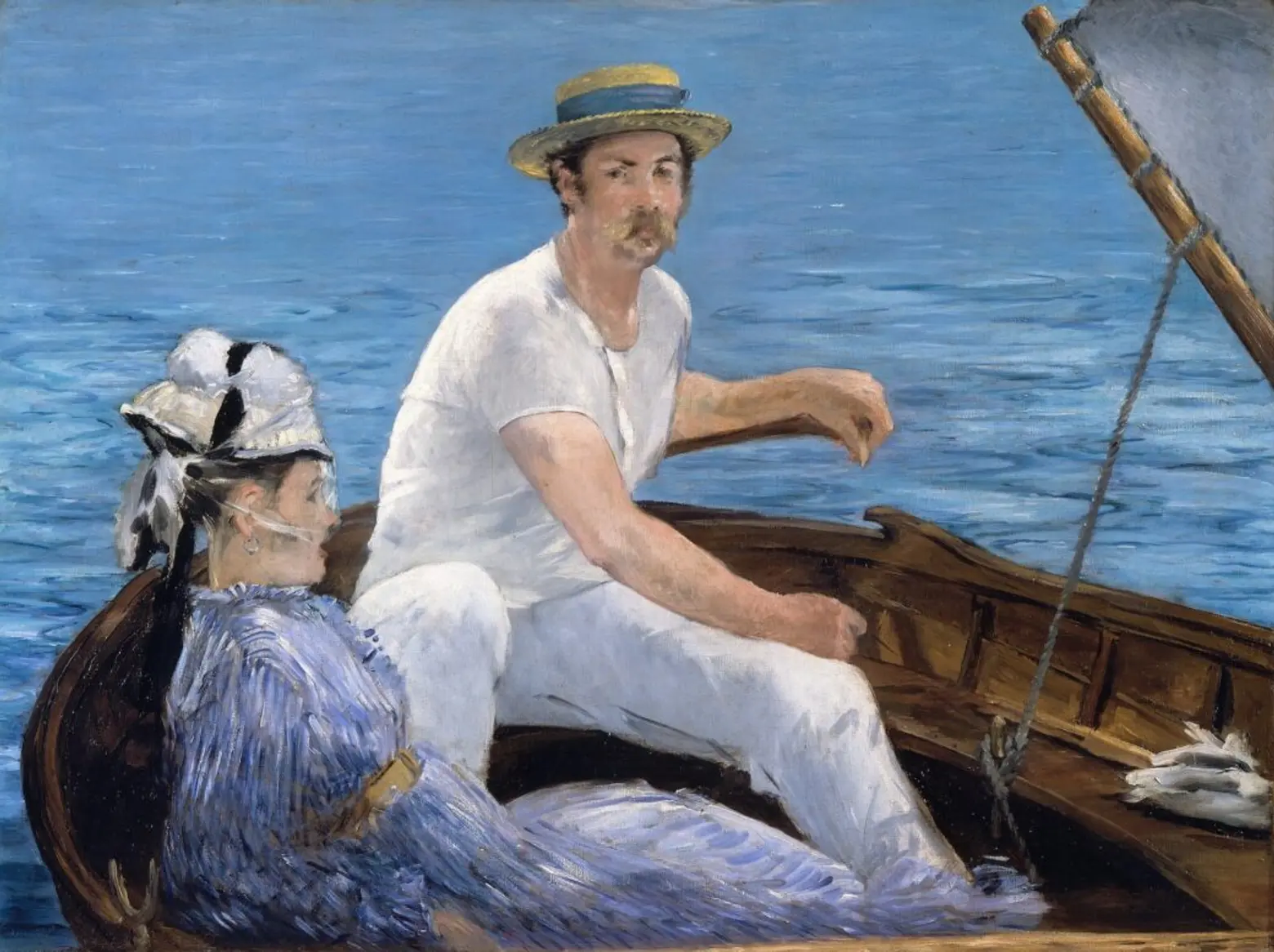

18 1/8 x 19 7/8 in. (46 x 50.5 cm) Koons Collection
“Manet/Degas” will be on view through January 7, 2024.
Next year, the Met will open an exhibit cementing the Harlem Renaissance as the first-ever African-American-led international art movement. Known as “The Harlem Renaissance and Transatlantic Modernism,” the exhibition will explore the ways in which Black artists depicted everyday life in the new Black cities that developed across the United States from the 1920s through the 1940s, like NYC’s Harlem and Chicago’s South Side.
RELATED:
Get Insider Updates with Our Newsletter!
Leave a reply
Your email address will not be published.
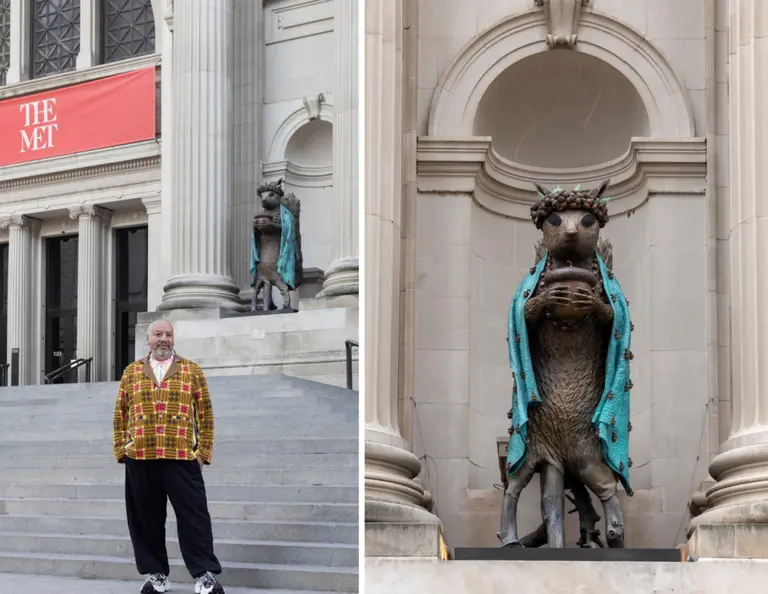












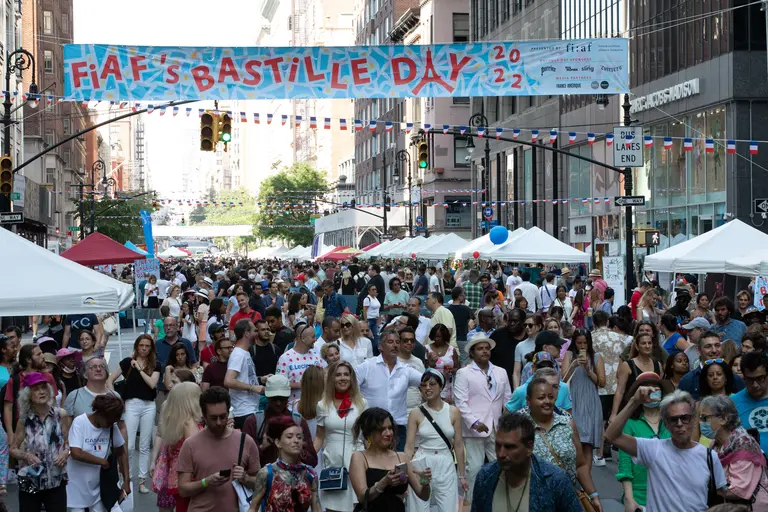
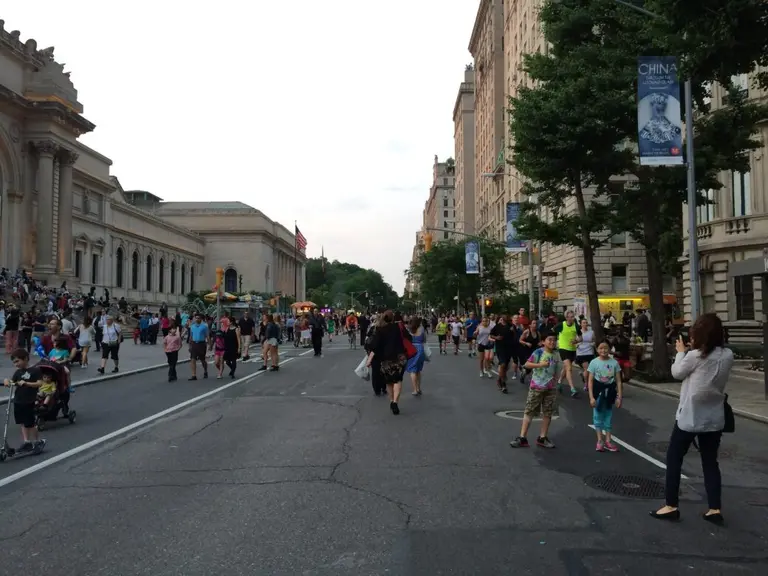
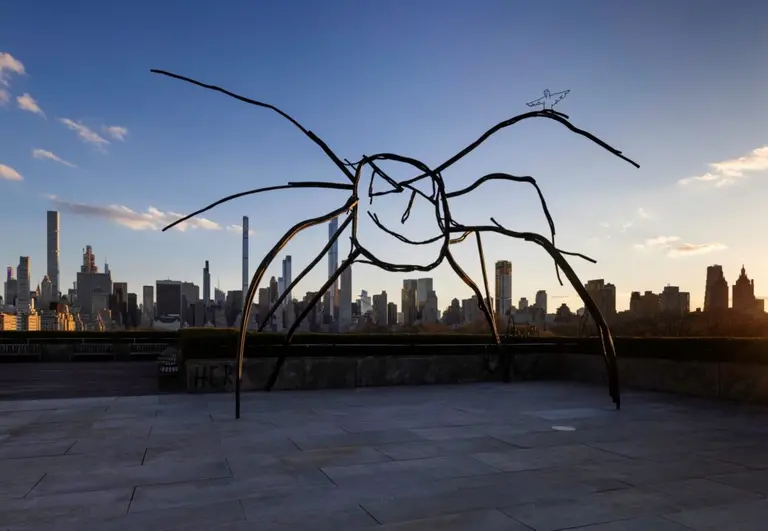













What an exquisite and spectacular exhibition! It is a privilege to see it!
Congratulations to everyone at the Museum! Such a professional and hard work! I have seen many times Manet “Olympia” in the Muse D’Orsay, it is one our my favorites!